Functional rhinoplasty, offered by Maan Plastic Surgery in Los Gatos, is a transformative procedure that aims to enhance the functionality of the nose. Led by Dr. Z, our premier plastic surgery practice focuses on correcting structural abnormalities to improve breathing and resolve other functional issues while achieving natural-looking results.
Achieve Optimal Nose Functionality
Functional rhinoplasty is a surgical procedure that aims to improve the functional aspects of the nose. Unlike cosmetic rhinoplasty, which focuses primarily on aesthetics, functional rhinoplasty corrects structural abnormalities that may cause breathing difficulties, snoring, sleep apnea, or chronic congestion. This procedure can also help address birth defects or injuries that affect the nose’s functionality. With the expertise of Dr. Z, patients can achieve a more balanced and functional nose that complements their unique facial features.

Potential Reasons for Functional Rhinoplasty:
- Difficulty breathing through the nose due to structural abnormalities, such as a deviated septum, enlarged turbinates, or nasal valve collapse
- Chronic nasal congestion or sinusitis that doesn’t respond to non-surgical treatments
- Birth defects that affect the structure of the nose, such as cleft lip and palate or asymmetry
- Trauma or injury that causes a nasal deformity or obstruction, such as a broken nose
- Sleep apnea or snoring caused by an obstructed airway due to a narrow nasal passage
- A desire to correct a previous rhinoplasty that has resulted in functional issues
Your Functional Rhinoplasty Session
During your initial consultation with Dr. Z, you will discuss your concerns and goals. Dr. Z will physically examine your nasal structure and may order imaging tests to further assess your nasal anatomy. Based on your needs, he will develop a personalized treatment plan that addresses your functional and aesthetic issues.
On the day of the procedure, you will be placed under general anesthesia, and the surgery will be performed in an accredited surgical facility. Dr. Z will make incisions inside the nostrils or, in some cases, on the outside of the nose to access the underlying structures. He will reshape the cartilage and bone to improve airflow and address structural abnormalities. The incisions will be closed with sutures, and a splint will be placed to provide support.
Candidates for Functional Rhinoplasty:
- Individuals with functional issues related to their nasal structure
- Those who have birth defects that affect the structure of their nose
- Individuals who have experienced a traumatic injury resulting in nasal deformity
- Those who are in good overall health and have realistic expectations
- Non-smokers or those willing to quit smoking before and after the surgery
- Adults whose facial growth is complete, usually after 16 for girls and 18 for boys
- Patients willing to follow all pre- and post-operative instructions

Conditions that Functional Rhinoplasty Addresses
Deviated Septum
A deviated septum occurs when the thin wall (septum) between the nostrils is displaced to one side, causing one nasal passage to be smaller than the other. This can lead to breathing difficulties, chronic congestion, sinus infections, and other functional problems. Functional rhinoplasty can correct a deviated septum by repositioning the septum to the center of the nose, restoring proper airflow through the nasal passages.
Nasal Polyps
Nasal polyps are soft, non-cancerous growths that can develop on the lining of the nose or sinuses. They can cause breathing difficulties, chronic sinus infections, and a reduced sense of smell. Functional rhinoplasty can remove nasal polyps and repair any structural damage they have caused, restoring normal nasal function and improving quality of life.
Collapse of the Nasal Valve
The nasal valve is the narrowest part of the nasal passage and is responsible for regulating the flow of air through the nose. A weakened or collapsed nasal valve can cause breathing difficulties, snoring, and sleep apnea. Functional rhinoplasty can address this issue by strengthening the nasal valve with cartilage grafts, which can improve airflow and alleviate associated symptoms.
Enlarged Turbinates
The turbinates are bony structures inside the nose that help humidify and filter the air we breathe. When they become enlarged, they can obstruct airflow and cause breathing difficulties, snoring, and chronic congestion. Functional rhinoplasty can reduce the size of enlarged turbinates, restoring normal nasal function and improving breathing.

Your Journey to Recovery: Side Effects & Downtime
After functional rhinoplasty, it is normal to experience some side effects, such as swelling, bruising, and mild discomfort. Dr. Z will provide you with pain medication to manage any discomfort and recommend cold compresses to reduce swelling. You may also experience nasal congestion and bleeding, which can be managed with saline sprays.
Downtime for functional rhinoplasty varies, but most patients can expect to take one to two weeks off work or school. You should avoid strenuous activities, such as exercise or heavy lifting, for at least two to three weeks. It is also important to avoid direct sunlight and protect your nose from accidental bumps during the healing process.
Schedule Your Consultation With Dr. Z
Dr. Z is a plastic surgeon with extensive training in plastic and reconstructive surgery at Stanford University. He specializes in stem cell biology and regenerative medicine, providing him with a deep understanding of the aging process and how to enhance the body’s regenerative potential for optimal outcomes. Dr. Z takes a patient-centered approach, taking the time to listen to your concerns and understand your goals for the procedure. If you are considering functional rhinoplasty, schedule a consultation with Dr. Z today.


